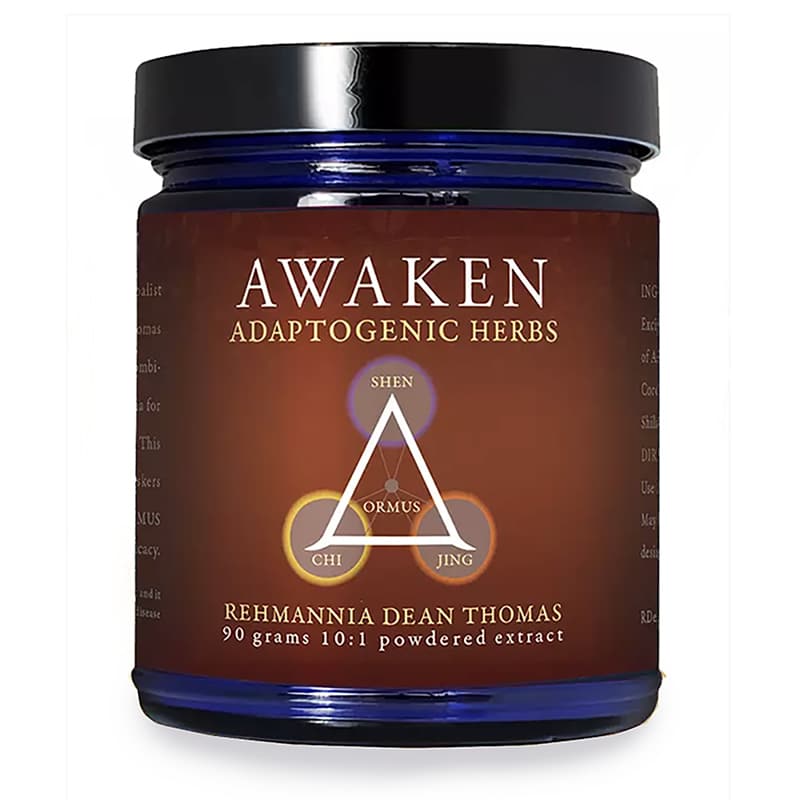No products in the cart.
ORMUS: Non-metallic Metals
by David Bradley, The Alchemist, ChemWeb Magazine, May 23rd 2003
US researchers were searching for signs of superconductivity in nanometre-scale metal clusters when they realized the rules were being broken in their laboratory, writes David Bradley. They were keeping niobium clusters nice and cool – down to below 20 Kelvin – when these normally well-behaved materials started acting strange. They threw off the shackles of their predictable metallic character and began to adopt a rather non-metallic stance ignoring everything that is expected of them. According to the team at Georgia Institute of Technology (GATech), who could only bear witness to the happenings, the startling behavior is at present totally inexplicable. Such activity in cold metal clusters could be exploited in opening up a new field of research to help improve our understanding of superconductivity.
Condensing clusters
Walter de Heer, of the School of Physics at GATech and his colleagues Ramiro Moro, Xiaoshan Xu and Shuangye Yin, have created nanometre-scale clusters of niobium as well as a handful of other transition metals. The clusters are produced using a custom-built apparatus that includes a laser, large vacuum chamber, cryogenic system and a bespoke detector for characterizing several million particles per hour. “Nb clusters threw off the shackles of their predictable metallic character and began to adopt a rather nonmetallic stance at below 20 K.”
The laser beam is aimed at a rod of niobium held in the vacuum chamber and pulses of laser light vaporize the metal creating a cloud of atoms. A stream of very cold helium gas is then injected into the chamber. This causes the niobium vapor to condense into particles of varying sizes. The pressure of the ultra-cold helium jet blasts these particles through an exit hole so that they pass between two metal plates before hitting the detector. At one-minute intervals, the metal plates are charged with 15 000 volts and this strong electrical field interacts with the polarized niobium clusters deflecting them away from the detector.
Those clusters that are not polarized stay in the millimetre-wide beam and are counted by the detector. By comparing detector readings while the plates are energized against the readings when no field is applied, the researchers can determine which clusters are in a dipole state. The continuous production of particles has allowed de Heer’s research team to gather data on millions of particles during each experiment. Tweaking the temperature and the voltage lets them study the impact of these variables on the dipole effect.
Critical temperatures
When they cooled their clusters to below 20 K, they found that the electrical charges in them suddenly shift, creating structures known as dipoles. “This is very strange, because no metal is supposed to be able to do this,” de Heer explains. “These clusters become spontaneously polarized, with electrons moving to one side of the cluster for no apparent reason. One side of each cluster becomes negatively charged, and the other side becomes positively charged.” Once they have adopted this polarized ferroelectric stance de Heer’s clusters lock into this mode of behavior and stay that way. “These clusters become spontaneously polarized.”
The conversion of niobium, and two of its congeners so far tested, vanadium and tantalum, takes place at a temperature close to the superconducting transition temperature of the metals in the bulk state. Convention has it that bulk metals, and even niobium clusters at room temperature, will contain electrical charge normally distributed throughout the metal; assuming the absence of an applied electric field of course. But materials taken down to the less than balmy depths of temperature close to absolute zero have a wont for abandoning convention and the GATech team shows that clusters containing up to 200 niobium atoms disobey this rule of thumb readily in an act of spontaneous symmetry breaking.
“When this happens, these particles no longer behave as if they were metallic,” de Heer adds. “Something changes the particles from a metal into something else.” “Originally we were hunting for evidence of superconductivity in NB clusters using magnetic fields,” de Heer told Catalyst, “however, we did not find the expected signature. We switched to electric deflection measurements, which are known to provide some information on the electrical properties. The ferroelectric phase (with the characteristic large spontaneous dipoles) is a complete surprise. We had hoped at best to find a slight change in the polarizability of the clusters.”
Structure vs. dipole
The researchers have found that for the smallest clusters, the strength of the dipole effect varies dramatically depending on the cluster size. Clusters composed of 14 atoms, for instance, display strong effects, while those made up of 15 atoms show little effect at all. With a cluster containing an even number of atoms above 30 the observed effect is stronger than with clusters with odd numbers of atoms. The structure of the clusters makes a great deal of difference to the formation of the dipoles, that is one conclusion that can be drawn from the research at the moment, says de Heer. “A small change can affect the position of the phase transition rather profoundly, and the exact arrangement of atoms really does matter to these systems.”
It could be that the size sensitivity depends on the quantum mechanics of the clusters and to how electrons are restricted and confined in their movements in such small species. The fact that the effect is observed close to the superconducting transition metal has provided de Heer with a piece of strong circumstantial evidence, but no solid proof alas, that the phenomenon is somehow related to the superconductivity displayed by these metals. “Superconductivity in the bulk materials has something to do with the spontaneous production of dipoles in the small particles.” “Our assumption is that superconductivity in the bulk materials has something to do with the spontaneous production of dipoles in the small particles,” he explains.
“At this point, it is circumstantial evidence – the same materials and the same temperature regime, and the odd phase transitions occurring in both.” By not restricting their experiment to a single metal cluster type they were able to see that those metals that display superconductivity in the bulk also exhibit this dipole effect but the non-superconducting metals do not. “That strengthens our belief that this is connected to superconductivity in some way that we don’t yet understand,” adds de Heer. Ferro-electricity is relatively common in bulk compound crystals, explains de Heer. It is usually the result of a spontaneous displacement of an ionic sub-lattice from its otherwise symmetric position, this results in the unit cell acquiring a dipole. This has not been seen in single-element bulk materials and definitely not in metals.
A new phase of metallic matter
The properties of metal clusters often lie on a line between the single atom and the bulk state but they often throw up surprises. Room-temperature polarizability properties of niobium clusters correlate approximately with the bulk metal so the researchers rationalize the behavior of their clusters as coinciding with the superconducting properties at low temperatures. It was the ‘obvious candidate’, say the researchers. “This new phase of metallic matter will ultimately have an important impact in our understanding of electronic correlations and superconductivity in niobium and related metals.” So far, the researchers have studied in detail clusters of up to 200 atoms, though de Heer believes the effect should continue in larger clusters, perhaps up to 500 atoms or as many as 1000.
“This is just the beginning of what will ultimately be a very exciting story,” he said. “We certainly have a lot of work to do. “I think that this new phase of metallic matter will ultimately have an important impact in our understanding of electronic correlations and superconductivity in niobium and related metals,” de Heer told Catalyst, “however, I also think that it will take a while for that community to carefully look at the effect, since the tendency may be to dismiss it as a peculiar property of an exotic system. History has shown however that even very small metal clusters very accurately reflect nascent bulk properties.”
Reference: Ramiro Moro, Xiaoshan XU, Shuangye Yin & Walt A. de Heer.
Ferroelectricity in free niobium clusters. Science 2003, 300(5623):1265?1269.







